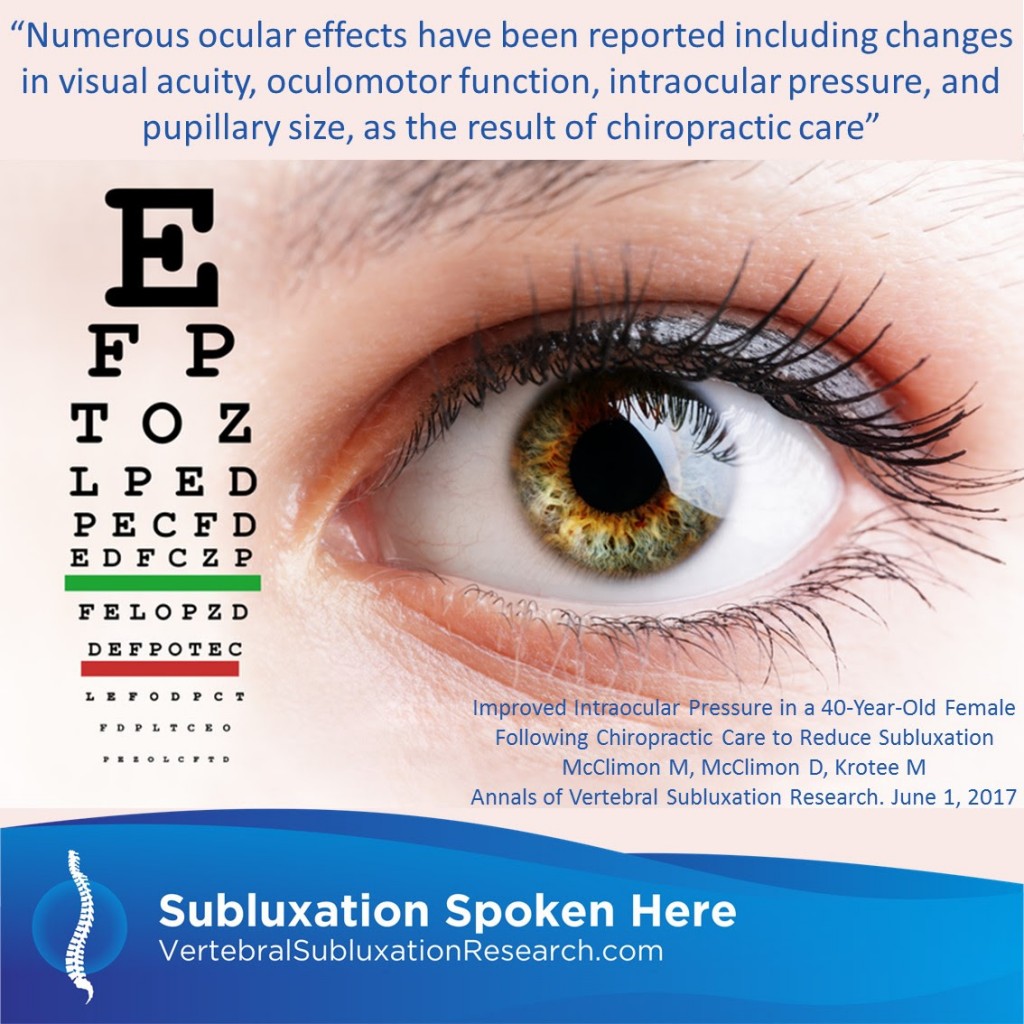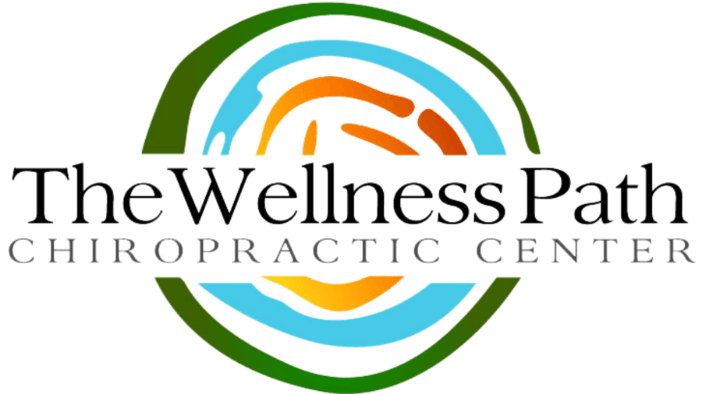
Below, you will find a case study that was done with Torque Release Technique (the technique I use in office) that has helped an individual with borderline Glaucoma. Glaucoma is the leading cause of blindness. The medical world still today, states there is no cure for it. It is predicted 3 million people suffer from Glaucoma and half of them don’t even know they have it.
As I have stated before, Chiropractic does not treat any symptoms, conditions, illnesses and/or conditions. You will hear this in every one of my blogs almost.
So then, the question is, how can Chiropractic help an individual who either has Glaucoma or is borderline?
The purpose of a chiropractic adjustment is to help the body heal, organize and function better. When the body can function better, be more efficient and heal the way it needs to, it will create the opportunity for it to restore itself to its optimal function.
Now, would you agree that if someone who suffers from Glaucoma or even borderline has a functioning issue? The drainage system of the eyes are not working properly. When these things don’t work properly, overtime, it can build up pressure in the eyes.
I know I am oversimplifying things but I wanted to keep it simple. If you have more questions about this, please email me by clicking here or send me a comment below.
Enjoy the case study!
Yours in Health!
Dr. Vic Manzo Jr
Leading Advocate for Inspiring Individuals to Discover Their Potential
CASE STUDY
Improved Intraocular Pressure in a 40-Year-Old Female Following Chiropractic Care to Reduce Subluxation
Megan E. McClimon, D.C., Daniel G. McClimon, D.C. & Michael W. Krotee, D.C.
Annals of Vertebral Subluxation Research ~ June 1, 2017 ~ Pages 101-112
Abstract
Objective: The purpose of this case study is to provide a detailed report of a patient diagnosed with borderline glaucoma undergoing chiropractic care.
Clinical Features: A 40-year-old female, diagnosed with borderline glaucoma, also presented with a numerous neuromusculoskeletal complaints. Previous to receiving chiropractic care, ophthalmic examination revealed a steady intraocular pressure increase.
Interventions and Outcomes: Over a period of 2 months and 11 days, the patient was seen 25 times received chiropractic adjustments using the Torque Release Technique®. Re-examination revealed improvements in sEMG and changes in paraspinal thermographic readings, positive changes in symptomatology, avoidance of carpal tunnel surgical intervention and reduced intra-ocular pressure.
Conclusions: While adding to the growing body of evidence that chiropractic care may result in improvements in intraocular pressure, this study concludes that further research with a larger population design is warranted.
